Aftermath at Tate Britain
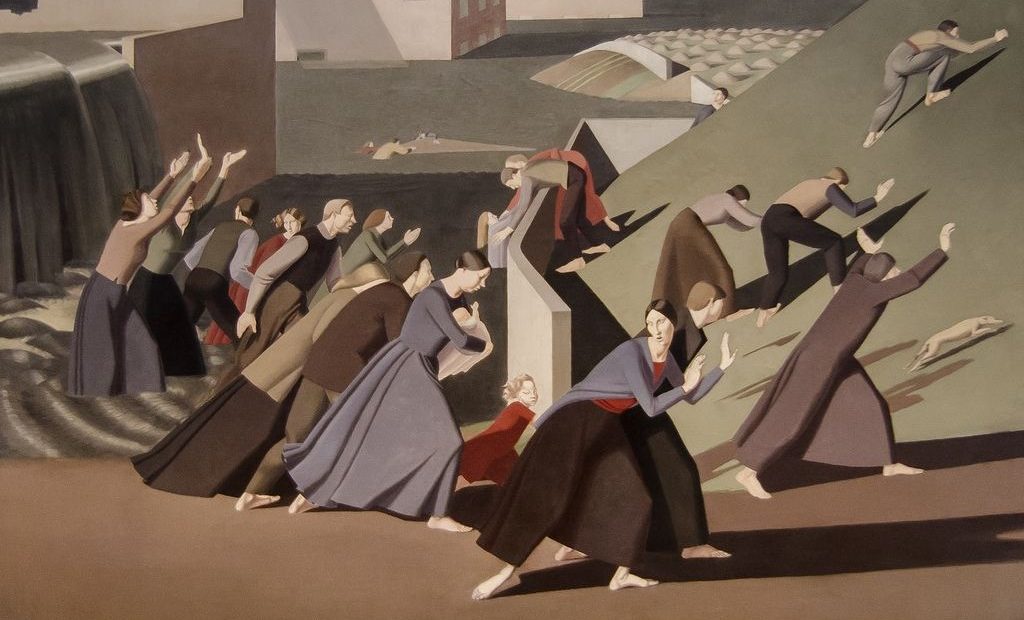
100 years on since the end of the First World War, the devastation and wounds inflicted remain impossible to imagine fully. These wounds are physical, psychological and environmental; scars made to bodies, minds and landscapes. All three are powerfully captured by the artwork on view in Aftermath: Art in the Wake of World War One at Tate Britain.
As the opening wall text informs us, the term “aftermath” was once an agricultural one, referring to new shoots of growth after a harvest. It’s a reminder of the possibility that creativity, re-evaluation and regeneration can come in the wake of complete desolation, and this is something that is captured by the evolution of this exhibition.
We start with artwork produced during the war itself, when the conflict was already being mythologised and our collective memory was being shaped by various powerful forces. CRW Nevinson’s Paths of Glory from 1917 shows two British soldiers lying dead and abandoned in the mud, repudiating the image of heroic death in battle. The artist’s image was censored by the War Office, so he chose to exhibit it with brown strips of paper covering the bodies, the word “censored” written across them. The work points to the complex interplay of patriotism, real experiences of war and propaganda involved in depictions of the conflict.
Memory and memorialisation are important themes in this showcase, which is the first to examine the culture of memorials alongside new developments in post-war art. For example, the display explores the ways in which photographs of ruined buildings were sold as postcards, while guidebooks were created for the sites of major battles, turning mass graves into tourist destinations.
As the exhibition develops, we see examples of explosive responses to the senseless loss of life by artists from the Dada and Surrealist movements, as well as conversely conservative reactions by artists seeking a return to realism as a haven from the chaos caused by the war.
This is a show that avoids censorship or censure, sharing the wide range of artistic and social reactions to World War One across Britain, Germany and France and allowing the viewer to draw their own conclusions. In this significant year, in which we are encouraged to remember the devastation wrought 100 years ago, Aftermath helps us to question not only what we remember, but also how and why.
Anna Souter
Aftermath at Tate Britain is at from 5th June until 23rd September 2018. For further information visit the exhibition’s website here.


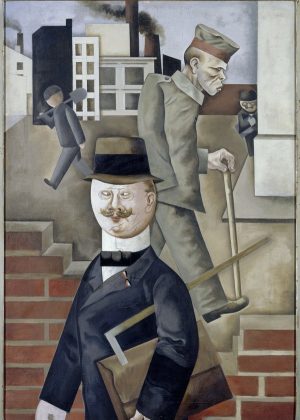
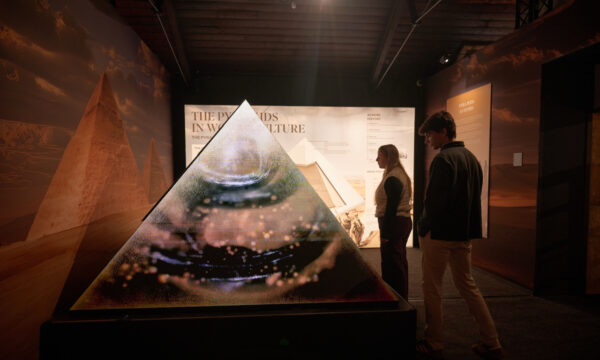
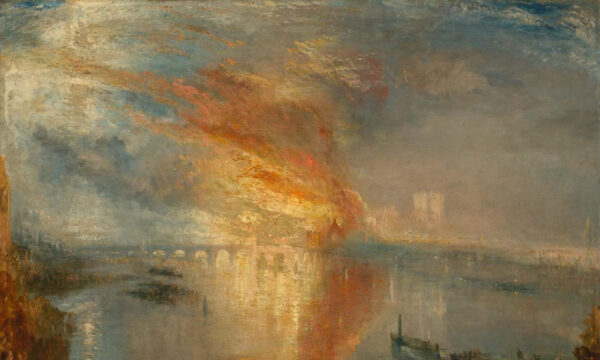
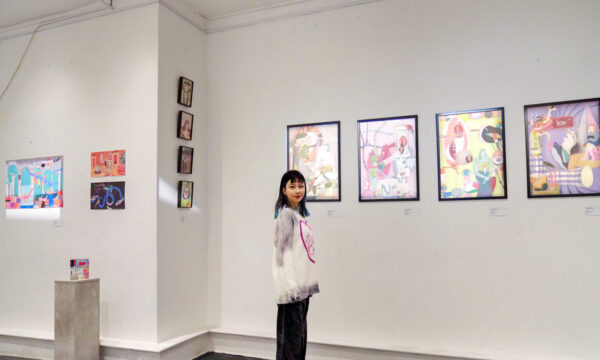
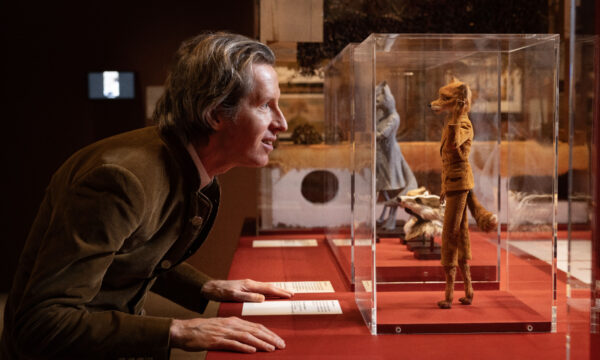

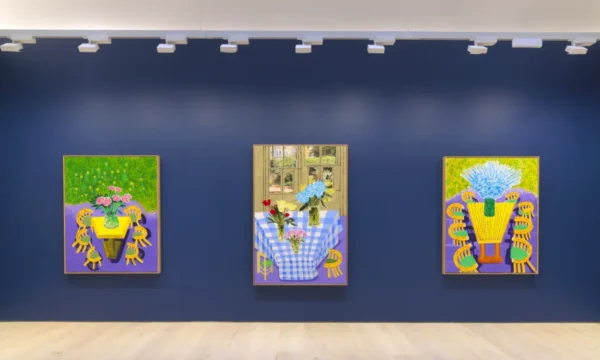
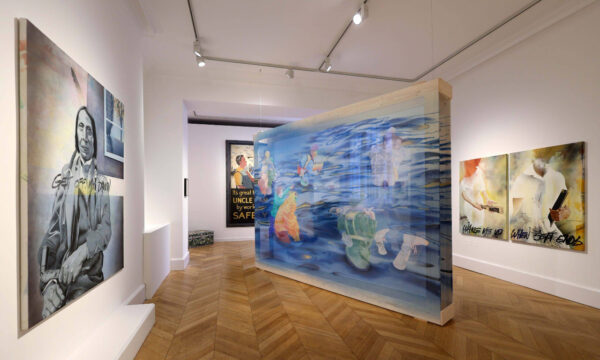
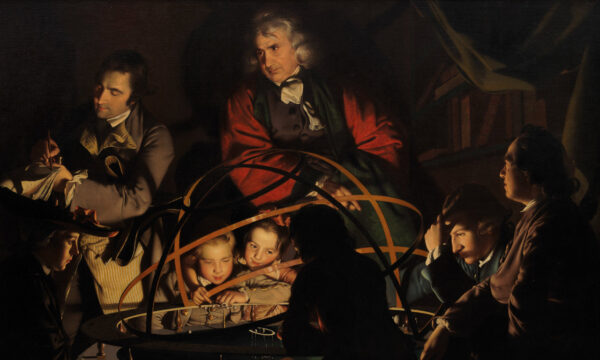
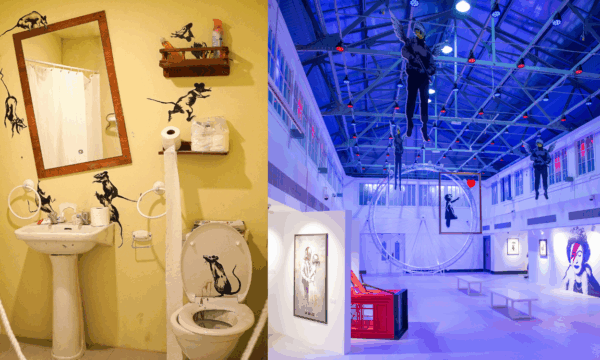
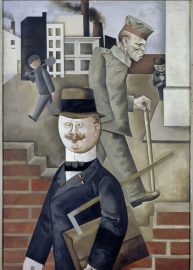


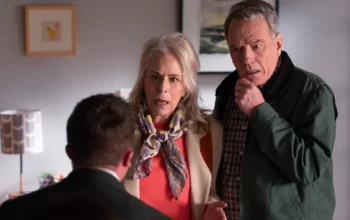



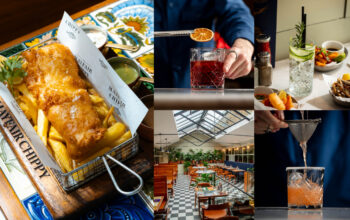





Facebook
Twitter
Instagram
YouTube
RSS